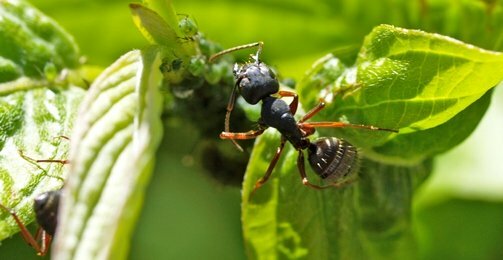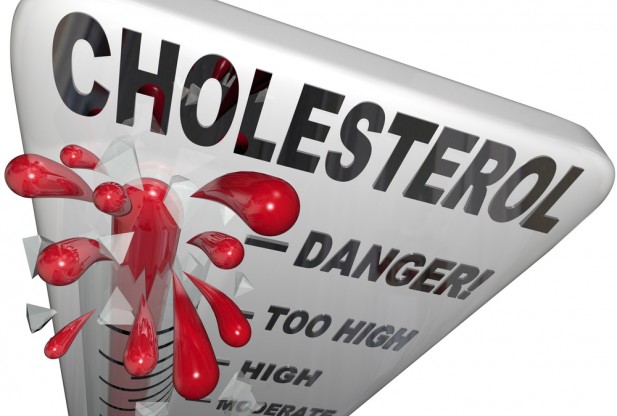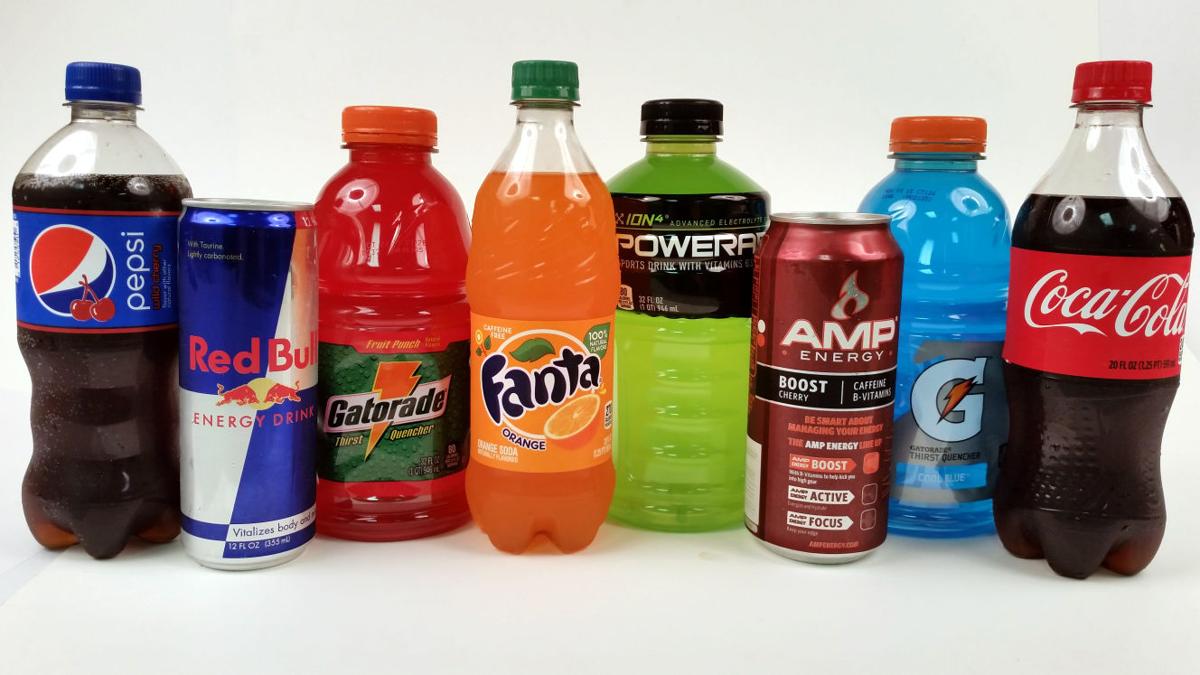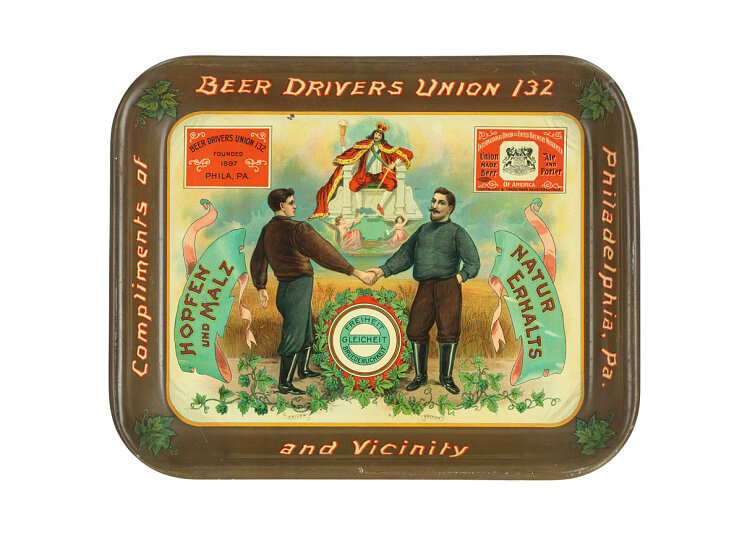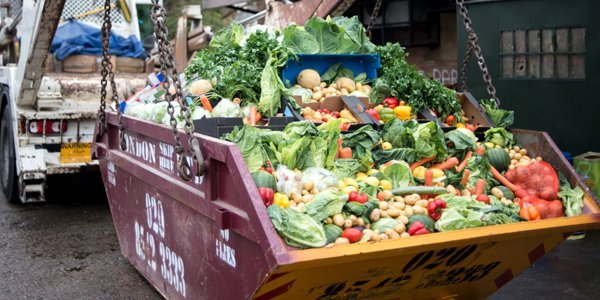People who consume 18 grams of protein from whole
eggs or from egg whites after engaging in resistance exercise differ
dramatically in how their muscles build protein, a process called protein
synthesis, during the post-workout period, researchers report in a new study.
Specifically, the post-workout muscle-building response in those eating whole
eggs is 40 percent greater than in those consuming an equivalent amount of
protein from egg whites, the team found.
The discovery, reported in the American Journal of
Clinical Nutrition, suggests that the widespread practice of throwing away egg
yolks to maximize one's dietary protein intake from eggs is counterproductive,
said Nicholas Burd, a University of Illinois professor of kinesiology and
community health who led the research.
The yolks also contain protein, along with key
nutrients and other food components that are not present in egg whites, Burd
said. And something in the yolks is boosting the body's ability to utilize that
protein in the muscles.
"This study suggests that eating protein within
its most natural food matrix tends to be more beneficial to our muscles as
opposed to getting one's protein from isolated protein sources," he said.
In the study, 10 young men engaged in a single bout
of resistance exercise and then ate either whole eggs or egg whites containing
18 grams of protein. Researchers administered infusions of
stable-isotope-labeled leucine and phenylalanine (two important amino acids) to
participants. This allowed the scientists to maintain and precisely measure
amino acid levels in participants' blood and muscles.
The U. of I. Poultry Research Farm developed eggs
for the study that also were isotopically labeled with leucine. This allowed for
precise tracking of where the food-derived amino acids ended up after
participants ingested them.
The team took repeated blood and muscle biopsy
samples to assess how the egg-derived amino acids were appearing in the blood
and in protein synthesis in muscles before and after the resistance exercise
and eating.
"By using those labeled eggs, we saw that if
you ate the whole egg or the egg whites, the same amount of dietary amino acids
became available in your blood," Burd said. "In each case, about 60
to 70 percent of the amino acids were available in the blood to build new
muscle protein. That would suggest that getting one's protein from whole eggs
or just from the whites makes no difference, as the amount of dietary amino
acids in the blood after eating generally gives us an indication of how potent
a food source is for the muscle-building response."
But when the researchers directly measured protein
synthesis in the muscle, they found a very different response.
"We saw that the ingestion of whole eggs
immediately after resistance exercise resulted in greater muscle-protein
synthesis than the ingestion of egg whites," Burd said.
Previous studies suggest this difference has nothing
to do with the difference in energy content of whole eggs and egg whites --
whole eggs containing 18 grams of protein also contain about 17 grams of fat,
whereas egg whites have no fat. Studies from Burd's lab and others show that
simply adding fat to an isolated protein source in the diet after exercise does
not boost protein synthesis.
"There's a lot of stress on protein nutrition
in modern society, and research is showing that we need more protein in the
diet than we once thought to maintain health," Burd said. "As world
population grows, we need cost-effective and sustainable strategies for
improving the use of protein in the diet. This work is showing that consuming
egg protein in its natural matrix has a much greater benefit than getting
isolated protein from the same source."










